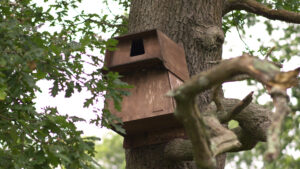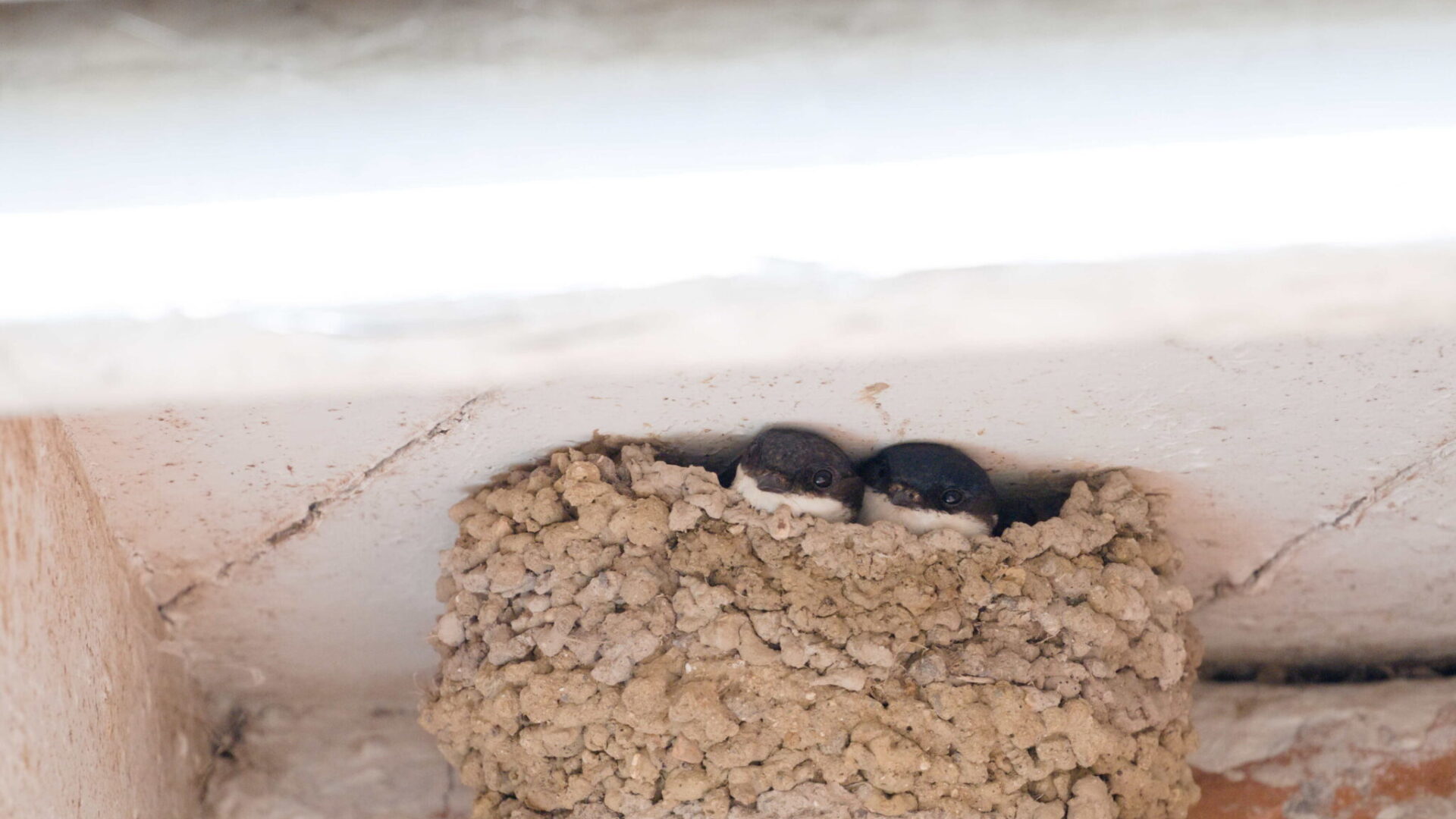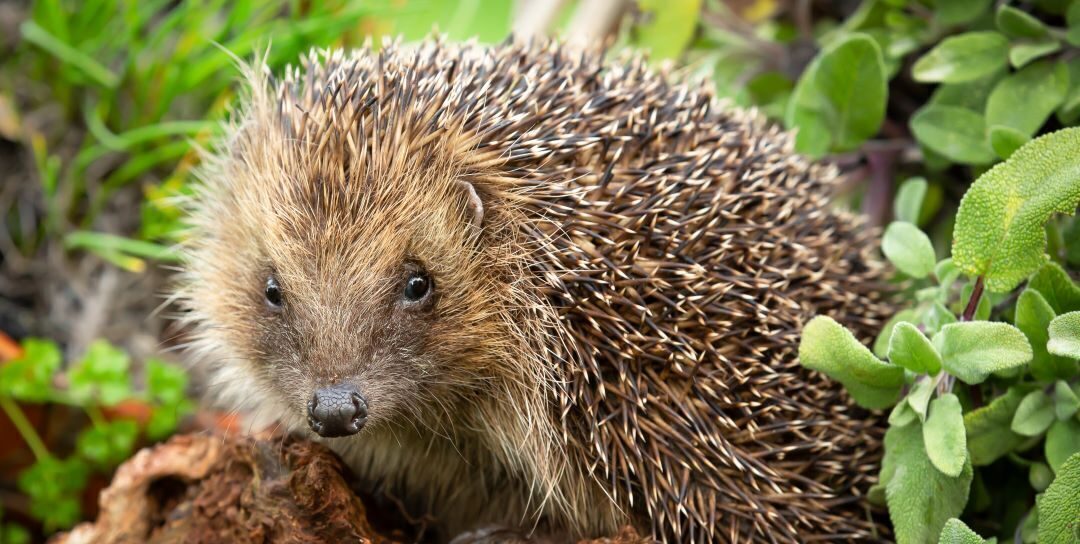What Is the ‘Big Garden Bird Watch’?
Every year, the RSPB celebrates all manner of birds and assists experts in determining the daily health of the birds we see by encouraging people to participate in a national bird survey: the Big Garden Bird Watch. This year, it falls on the 24th—26th of January 2025, encouraging us to step outside and observe our feathered friends enjoying our gardens as much as we do!
Last year saw 9.7 million birds recorded, with an incredible turnout of 600,000 participants and this year hopes to see even more! Along with being the largest garden survey in the world, there is a thrilling sense of community involvement. You don’t need to be an expert bird watcher to join in, all you need is a keen interest in these wonderful creatures and the RSPB’s guide will help you identify the different species.
Top spotted birds recorded 2024:
- House Sparrow: Usually seen with chestnut brown back and black markings, pale chests (female) or pale grey underpart, and a black bib (male).
- Blue tit: These birds are usually small with blue and green plumage and often a white feathered head.
- Starling: A small bird with dark brown, blue, and purple mottled plumage and impressive vocals.
- Wood pigeon: You’ve almost definitely seen these before. One of the most common birds we are likely to see, identifiable by their grey plumage and iridescent green and purple feathers.
- Blackbird: A small species of bird that can be identified by their orange beaks and, as the name suggests, their glossy black feathers (which may sometimes appear dark brown, blue, or purple).
At eastbrooke homes, we are building homes in Horton Heath and we have kept a log of different species we come across as we are consciously trying to look after our neighbours in nature.
Some of our most notable residents:
- Barn Owl: This species has a heart-shaped face and a very pale plumage which sets it apart from other species of owls.
- Skylark: A small brown bird identified by its striped crest (the feathers on the top of its head) that raises when it is excited or startled.
- House Sparrow: These birds are small and round with brown mottled plumage and often have lots to say!
- Song Thrush: You can identify these birds by their distinctive brown triangular spots and curved yellow bill.
- Linnet: A fairly colourful bird often spotted with bright yellow faces, pink cheeks, and white bibs.
- Kingfisher: Another bird with a prominent crest. This bird is often seen with iridescent, jewel-like green/blue plumage, and a strong, long beak. They are often seen near rivers, diving to catch a meal!

What we’re doing and what you can do…
Our efforts to protect these species and others have been a high priority. This is evidenced in our 12 bird box locations across our development, where we have installed extra homes to keep these birds safe and comfortable. The 650+ trees we are planting and the management of our native trees and shrubbery on our site also provide essential habitats – improving the surrounding environment and livelihood of various species.
There are a range of small changes or additions you can make to your own gardens to get involved and create a more attractive environment for birds. Bird feeders and bird houses are great in creating a haven for them to feed and rest and bird baths can also provide the perfect perching spot for birds to clean and play.
If you would like to learn more about the Big Garden Birdwatch, you can find more information here: Big Garden Birdwatch.



